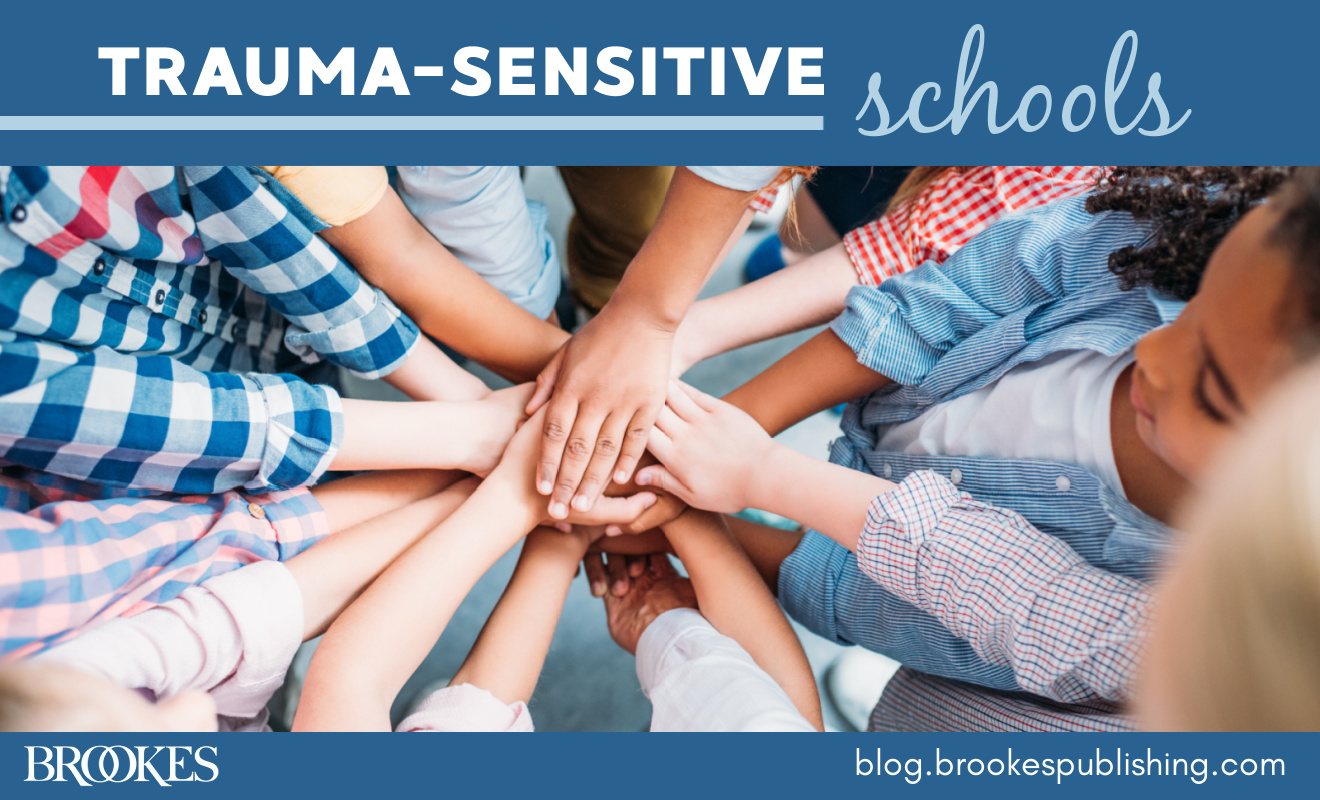14 Tips on Addressing Student Aggression
February 2, 2016
![]()
This post is part of our Social-Emotional Development blog series. Stay tuned for more posts in the series, and follow the blog so you don’t miss a thing!
Addressing challenging behavior is a part of every teacher’s job–but when students engage in aggressive behaviors, educators can find themselves grappling with tough questions. How can you protect your student’s safety and the safety of others? What’s the best way to follow up after an aggressive outburst? How can you help prevent aggressive episodes before they start?
The short, practical suggestions in today’s blog post are adapted from Recognize and Respond to Emotional and Behavioral Issues in the Classroom, a helpful teacher’s guide by Andrew Jonathan Cole & Aaron M. Shupp. While the subject of student aggression is much too complex to solve with a blog post, these 14 tips are a good starting point for helping students who act out–and keeping your other students safe in the process.
- Make connections. Make a conscious effort to get to know your student. What interests and motivates him? What captures his attention? You’ll build a more positive rapport with the student, and you may uncover some useful tools that can help you divert acts of aggression in the future.
- Plan ahead. Before aggressive behavior causes a serious disruption in your classroom, make a plan with your colleagues to move your students to another location if necessary. Prepare ahead of time by collecting all needed materials and conferring with your colleagues about the logistics of the plan. Maintaining the safety of all students is your highest priority, so it’s important to have a plan in place, even if moving locations temporarily inconveniences the rest of the class.
- Know the warning signs. Look for patterns of aggressive behavior. What happened before your student engaged in the behavior? What changes did you notice in her demeanor or in the environment? What were her interactions with you and her peers like?
- Be alert and decisive. As soon as you see a warning sign, act immediately. Try engaging your student in another activity so his behavior doesn’t escalate. Be sure to emphasize that you’re doing this to help your student make a transition back to classroom expectations.
- Hold your questions until she’s calm. When your student has an aggressive outburst, wait until she is calm to discuss behavior issues with her. Trying to reason with or ask questions of an agitated student may only lead to more frustration and anger.
- …But don’t expect explanations. Sometimes students don’t know why they show aggression–they wish they could stop, but they’re confused by their own actions. So while it’s okay to ask why, don’t expect or demand explanations. Uncovering the real reasons behind aggression may require an evaluation with input from caregivers, healthcare professionals, and others.
- Weed out safety issues. Be extra vigilant about the physical environment of your classroom. Is there any object or piece of equipment that increases the risk of danger to your students? Look for heavy, sharp objects or breakable glass equipment, and eliminate or protect them.
- Stay focused on goals. It’s easy to focus only on the negative behavior you want your student to avoid–but it’s also critical to focus on the positive goals he’s working toward. Work with your student to set small, realistic, and achievable goals that are incompatible with aggressive behavior. Each time he meets a goal, give him praise and verbal reinforcement.
- Maintain expectations. Be sure to set clear, consistent limits, but maintain a calm and compassionate manner. This shows your students what appropriate assertiveness looks like–an important quality to model for a child who engages in aggression.
- Assign positive roles. A student who engages in aggressive behavior may be accustomed to peers identifying her only as a “troublemaker”–which can perpetuate negative behaviors. Help your student find a positive identity by assigning her a unique role in the classroom: put her in charge of leading a class discussion or passing out papers, for example. This will help your student participate productively in the classroom and develop a healthy sense of self (and change the way others perceive her).
- Partner with parents. Be nonjudgmental when you approach families with the issues you’re observing in the classroom. Start with the positive assumption that the family wants the best for their child, are concerned about the problem, and are willing to work with you to address the behavior. Show your concern for the student and your interest in the hardship this behavior is causing the family. Invite them to collaborate on solutions–ask the family to share their observations and ideas for improving the situation.
- Observe your own reactions. Feelings like fear, helplessness, and anger are a normal reaction to someone else’s aggressive behavior. Be aware of your own emotional reactions, and use your support system to help you manage these feelings. This will put you in a better position to work effectively with the student.
- Support your other students. Attend to the feelings of your other students after they’ve witnessed an act of aggression. Some students who are very sensitive to witnessing aggressive acts may need a referral to a school counselor or administrator to receive extra support.
- Know when to consider a referral. Is this student posing a danger to himself or herself or to others? Is her aggression escalating in severity? Consider a referral when you’re concerned about the student being hurt outside of your classroom or school, or when the problem involves direct threats, physical violence, or a pattern of more mild aggressive behavior that disrupts your ability to teach. Always follow your school’s policies for safety and disciplinary measures.




Write a Comment
Your email address will not be published. Required fields are marked *
Post a Comment